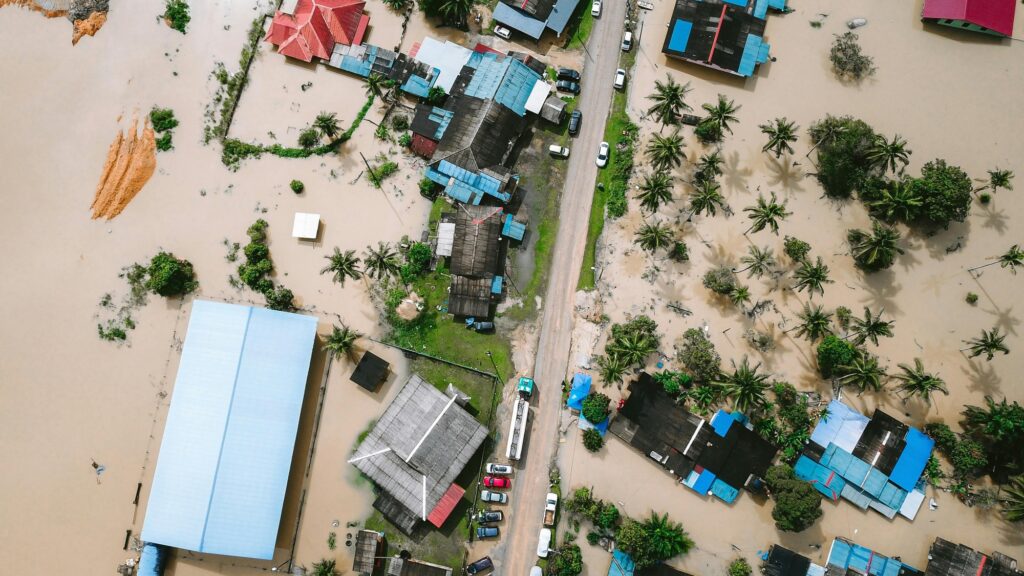Fragile contexts are characterised by instability, conflict, and weak governance, all of which exacerbate food insecurity and malnutrition. More than 50 million children worldwide suffer from wasting, driven by underlying structural issues deeply rooted in fragile settings. Acute malnutrition, particularly among children under five, remains alarmingly persistent despite decades of humanitarian intervention. Achieving food and nutrition security in fragile contexts requires transitioning from short-term humanitarian aid to long-term resilience-building strategies.
On the 9-11th of December, the Food and Agriculture Organization of the United Nations (FAO) and the Ministry of Agriculture and Cooperatives of the Royal Thai Government co-organised the International Soil and Water Forum 2024 to agree on the world’s first high-level action plan on halting and reversing soil degradation and water scarcity. The Forum was aimed at researchers, policymakers, international organisations, civil society and the private sector focusing on development. It explored a sustainable and integrated approach to soil and water management, aiming to nurture a long-term transformation towards a more resilient agrifood system in fragile contexts.
Persistent challenges of food and nutrition security in fragile contexts
Building resilience in fragile contexts such as conflicts, health crises, natural disasters, and rural areas is a key priority for creating more efficient, inclusive and sustainable agrifood systems. Root causes of conflicts can vary depending on the context but often include fights for land, water, and other natural resources.
Fragile states often lack the institutional capacity to manage natural resources equitably. Disputes over access to water and soil resources are primary contributors to fragile contexts that perpetuate food insecurity. Increased frequency of droughts, floods, and other extreme weather events disproportionately affects fragile regions, degrading critical resources like soil and water while destabilising agricultural systems. Governance failures intensify resource competition and hinder long-term recovery efforts.
Strategies for long-term resilience and recovery
To achieve food security in fragile contexts, we need to address the root causes of the problem and integrate livelihood systems, resource governance, and environmental management into crisis responses is crucial. Multifaceted approaches that combine technical, institutional, and community-level interventions are pivotal for lasting changes.
Panellists stressed the importance of approaches that incorporate land, soil, and water management into humanitarian and development efforts. These natural resources are essential foundations for food systems and livelihoods, yet they are frequently overlooked in emergency responses that often prioritise immediate needs such as food aid and medical care.
Strengthening local and customary governance systems can ensure equitable resource access. The governance of natural resources plays a critical role in mitigating food insecurity in fragile contexts. Panellists also outlined the need to promote conflict-sensitive approaches that address resource disputes while fostering cooperation among stakeholders.
Restoring ecosystems is a sustainable approach to rebuilding resilience in fragile contexts. For instance, agroforestry practices improve soil health and water retention while providing diverse sources of income. Techniques like rainwater harvesting and wetland restoration contribute to addressing water scarcity in drought-prone areas.
Integrated livestock and resource management to reduce malnutrition. Modibo Keita, Research Project Manager at the FAO Chad, analysed seasonal and localised factors’ contribution to acute malnutrition, including water scarcity and soil degradation. He explained that the seasonal twin peaks of acute malnutrition are associated with livelihood, environment, and climate variability. Investing in livestock can provide immediate nutritional benefits, such as milk for children, while also serving as an economic asset. Livestock management must also address contamination risks to prevent health hazards.
Demining and soil health assessments in war zones to restore food production. Tiphaine Lucas, Project Coordinator for Mine Action and Land Rehabilitation at FAO Ukraine, pointed out the war’s harmful impacts on agricultural productivity and resource access. She explained that explosive remnants of war have contaminated vast areas of farmland. Training programs for farmers on sustainable agricultural practices and soil restoration can help communities rebuild food systems after crises.
Reliable data is instrumental for effective decision-making in fragile contexts. Map resource availability, monitoring malnutrition rates, and identifying clusters of vulnerability are relevant to target interventions effectively.
Takeaways
Fragile contexts demand integrated and sustainable solutions that address the underlying causes of food insecurity and malnutrition. Focusing on resource management, governance, and resilience-building can create lasting changes for vulnerable populations. Collaboration among governments, communities, and international actors is a cornerstone to achieving these goals.
International actors, including the FAO, play a strong role in providing financial and technical assistance. Collaborative efforts are needed to mobilise resources for large-scale interventions in fragile contexts and to advocate for the inclusion of natural resource management in global humanitarian frameworks.
Written by David Mingasson, SIANI reporter
